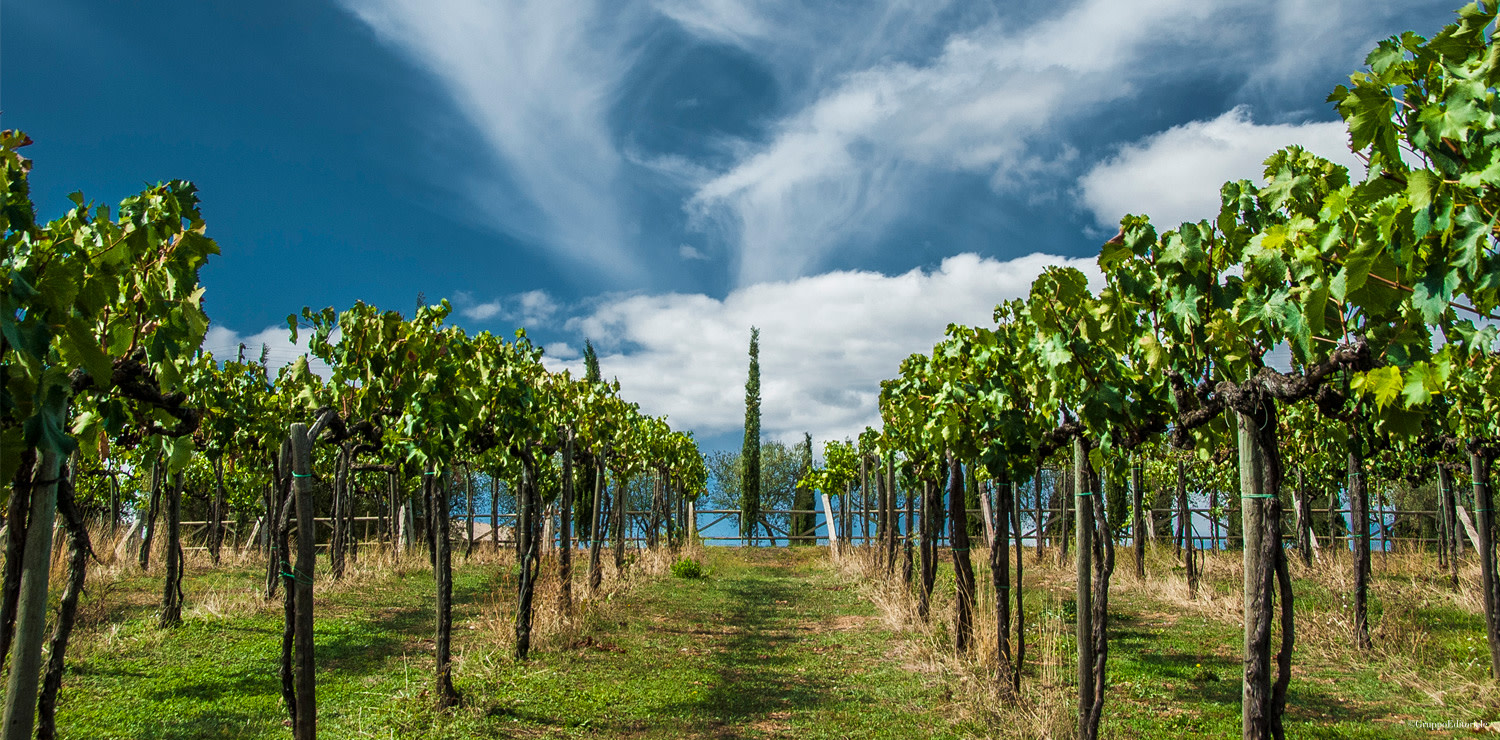Wine Stories. Roccapesta Morellino di Scansano DOCG of the Roccapesta Company
The third appointment with the protagonists of wine in Tuscany, told through their best labels
We are in Maremma, in the historical heart of a large wine-producing area. This is the Roccapesta winery of Alberto and Ksenia Tanzini, the highest expression of Morellino di Scansano. 25 hectares of vineyards to the south-east of the village of Scansano, divided into three zones located between 250 and 350 metres above sea level.
We are in a magical territory, between the Tyrrhenian Sea and Amiata, between sea and volcano, between water and fire. A terroir characterised by an excellent day-night excursion, winds tense and a matrix of clayey-brown-grey soils of helium-colluvial origin.
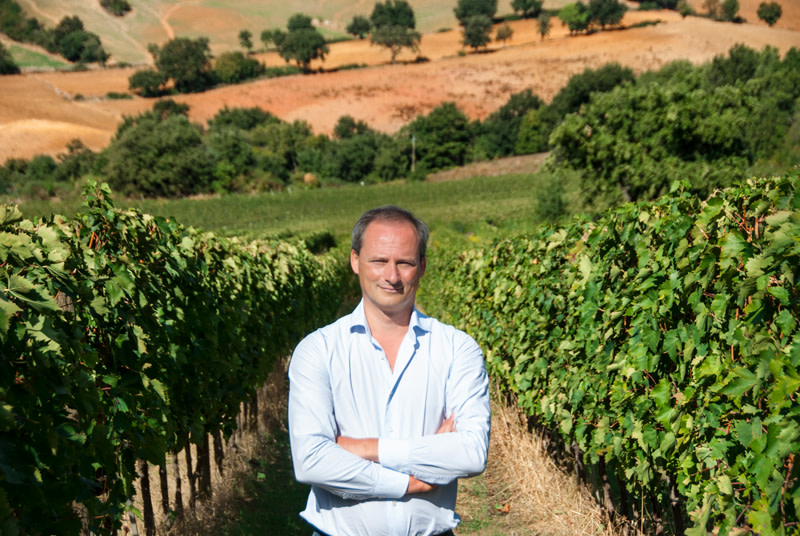 Alberto Tanzini
Alberto Tanzini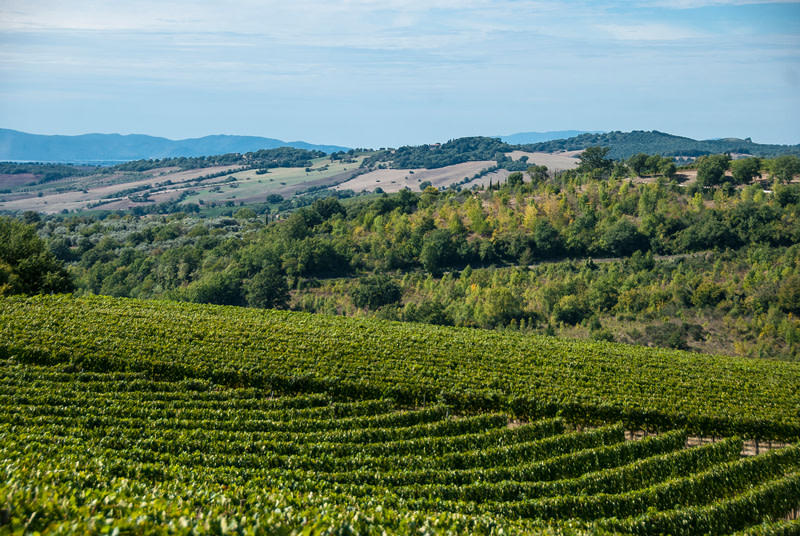 I vigneti di Roccapesta
I vigneti di Roccapesta
Here has been working for 15 years a team that has been committed to expressing the full potential of Tuscany's main grape variety, Sangiovese.
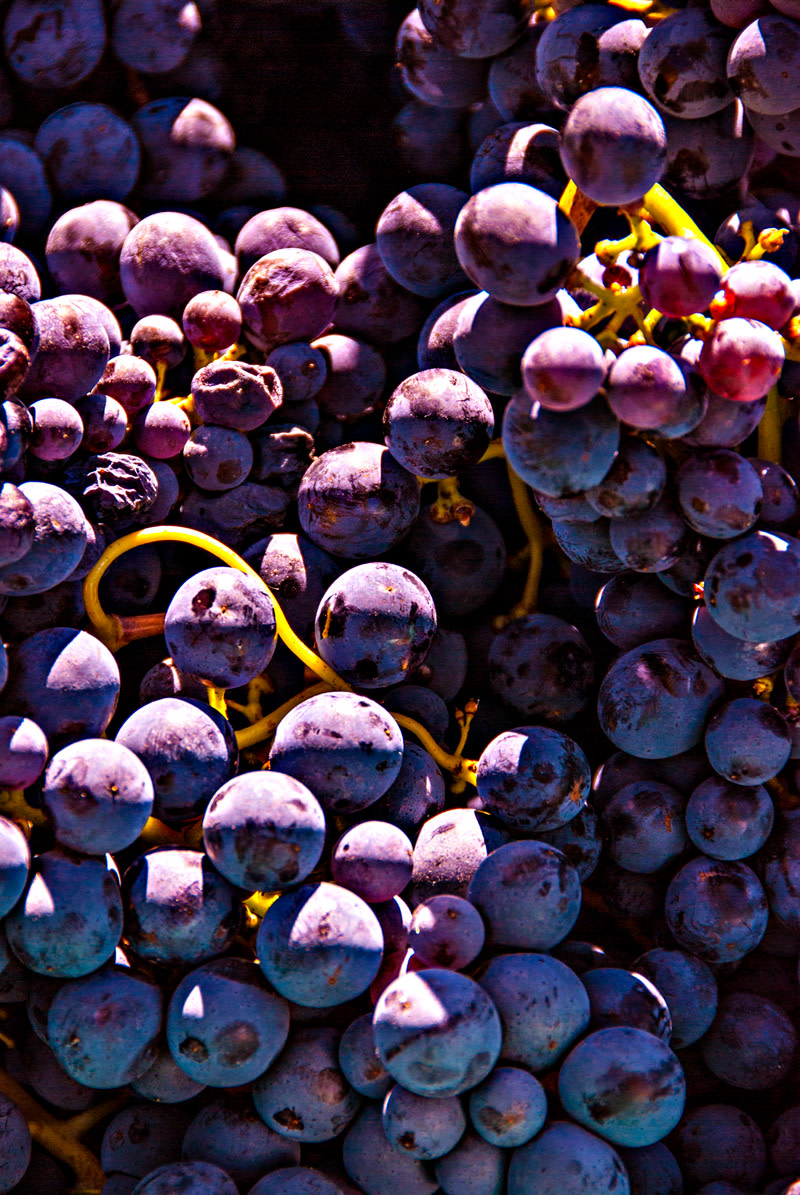 Grappolo di Sangiovese
Grappolo di Sangiovese
A constant work of study, research, attention and respect throughout the production chain. Individually designed vineyards in search of the best soil and climate conditions, manual harvesting for each vineyard, triple selection of grapes, separate vinification for each vineyard and maximum attention in the cellar, but above all, research and use of eight different clones of Sangiovese and maniacal attention in the use of wood, only large barrels of 500/600 litres and more, has been successful to have a unique product expression of territorial purity. "Roccapesta" Morellino di Scansano DOCG represents the symbolic wine of the company.
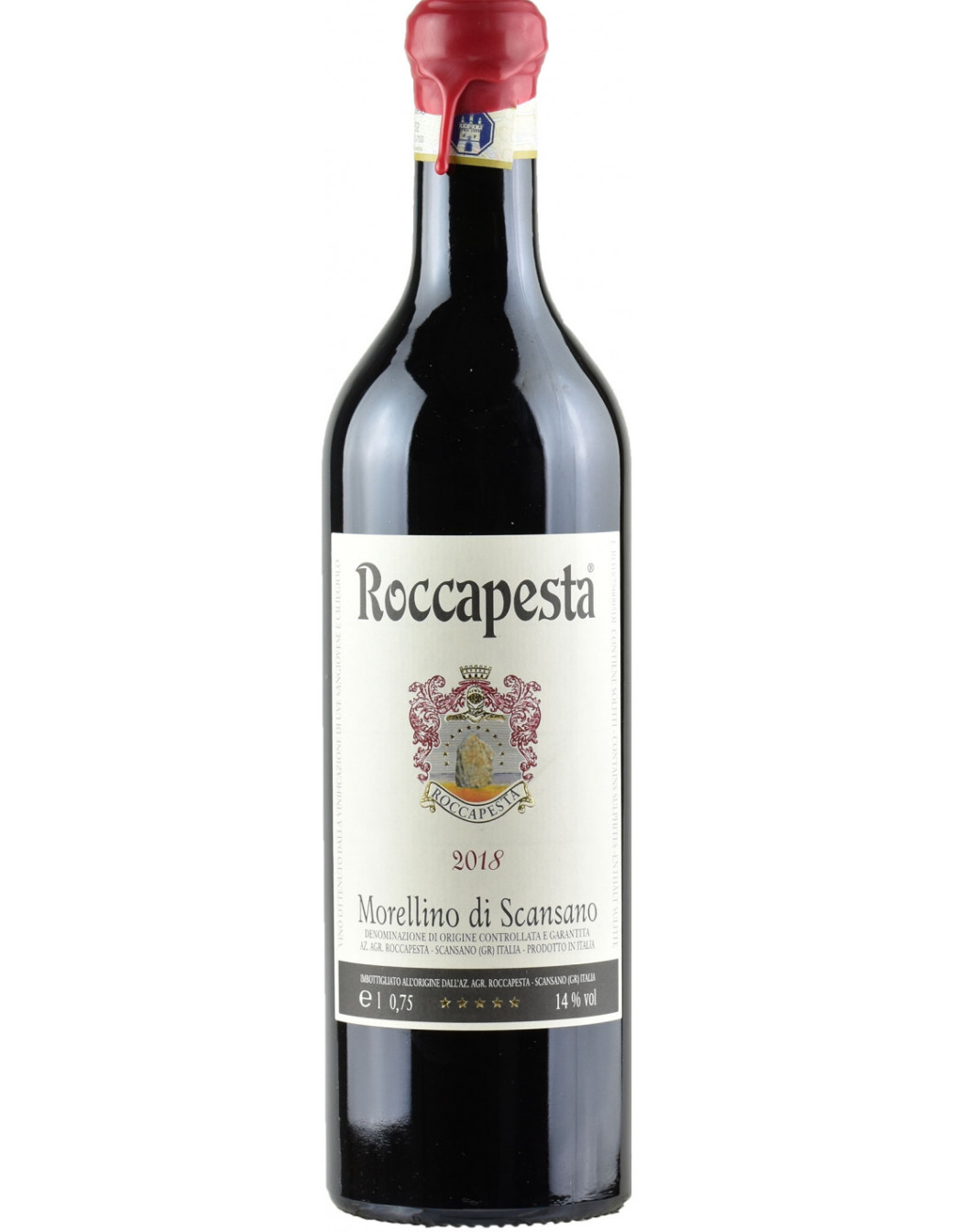 "Roccapesta" Morellino di Scansano DOCG 2018
"Roccapesta" Morellino di Scansano DOCG 2018
Tasting
"Roccapesta" Morellino di Scansano DOCG of the Roccapesta Company
The 2018 vintage, with 13 degrees of alcohol, has a shining chromaticity, transparent ruby red true expressiveness of a Sangiovese, the olfactory range gives, in perfect sequence, ripe black cherry, a crunchy cherry marasca cherry, a floral tribute of rose and violet, myrtle candy, china - chinotto, cinnamon, a balsamic touch, the entrance in the mouth is fresh, balanced by a good softness and envelopment, supported by an important and well integrated tannic texture, makes the taste rich and elegant, tasty, with an excellent and persistent finish.
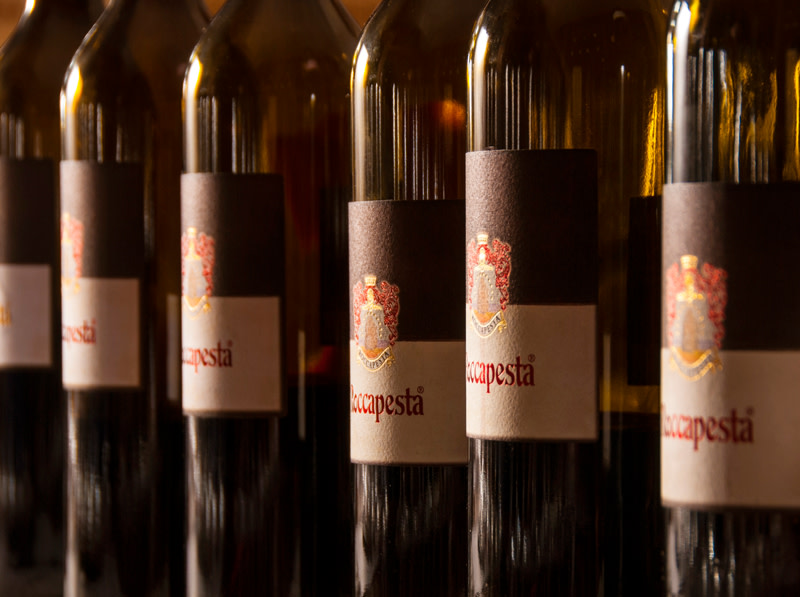 “Roccapesta” Morellino di Scansano DOCG
“Roccapesta” Morellino di Scansano DOCG
Serve it at a temperature of 16/18 degrees Celsius in large crystal or crystal glass goblets, combine it with first and second courses of meat, neile different types of cooking, starting from raw with tartare, white or tomato ragout, stews, braised meat, grilled meat, the legendary Florentine steak, always remembering that not only in the glass you have a masterpiece of 'man but you are lucky enough to taste a' work of art liquid, dynamic.






